Zero calories / zero glycemic index
safe for diabetics, keto, weight-loss seekers.
The sneaky ingredient in a large amount of grocery items that is not good for your body...
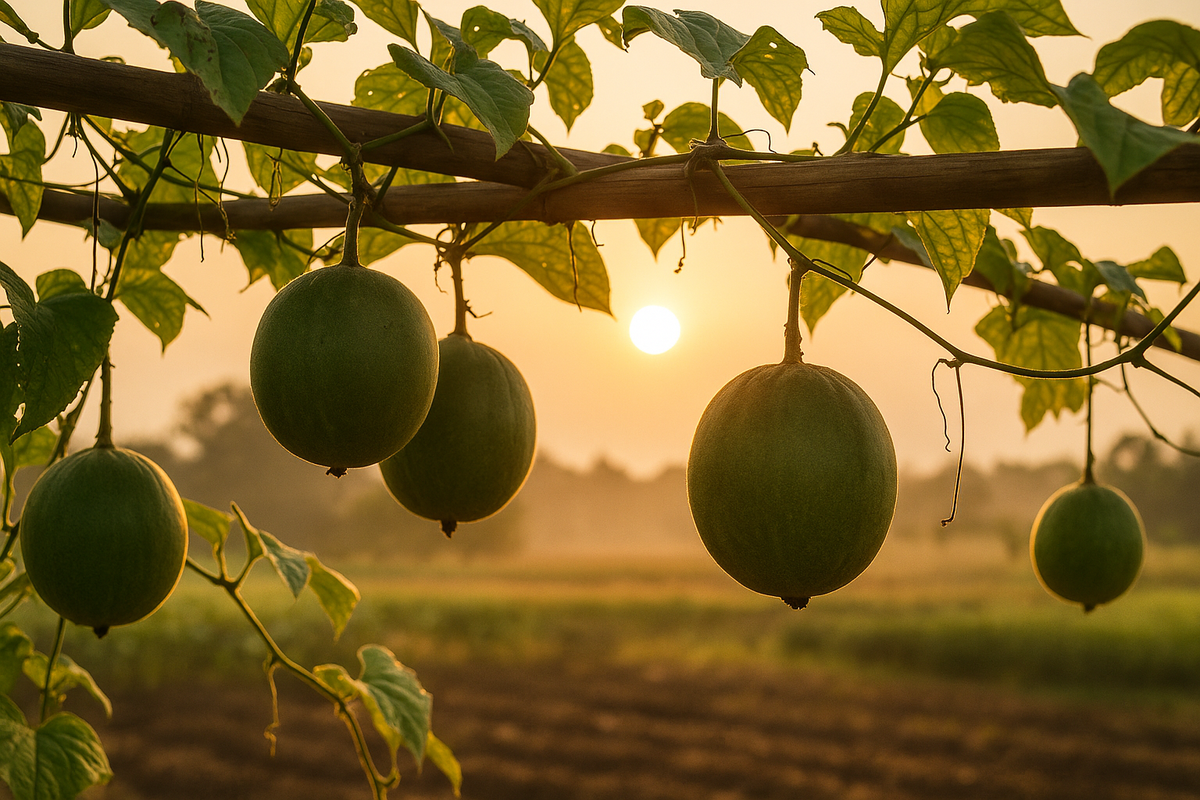
Maltodextrin is not “sugar” in the lay sense, but metabolically it behaves very much like one.
Chemically:
From a regulatory standpoint:
So: it’s legal, it’s common, it’s cheap, and it “works” technologically as a bulking agent, stabilizer, filler, and carrier.
None of that means it’s metabolically friendly.
You know this already, but the average person has no idea how often they’re dosing themselves with this stuff.
Common categories:
The problem is not one microgram of maltodextrin in isolation; it’s the stacking effect of multiple servings per day in an already high-glycemic, ultra-processed diet.
From a metabolic lens, the glycemic behavior of maltodextrin is the core issue.
Key numbers:
Practically, that means:
For someone with:
Health authorities and reviews are pretty consistent:
TL;DR from a dietitian’s brain:
Metabolically, maltodextrin behaves like a fast glucose bolus, not like a benign “filler.”
This is where the “holistic healer” perspective intersects with immunology and microbiology.
A number of animal and in vitro studies suggest that certain forms and doses of maltodextrin can negatively influence:
Examples:
Important nuance:
Clinical reviews:
Holistic interpretation:
If you care about gut barrier integrity, microbiome diversity, and chronic inflammation, there is no strong rationale for daily, repeated exposures to a high-GI additive that may also nudge the microbiome and mucus layer in the wrong direction.
There is a complicating concept: resistant maltodextrin (RMD).
Some studies report:
But two critical points:
So the “fiber-like” benefits of resistant maltodextrin do not exonerate regular maltodextrin in ultra-processed foods.
When you zoom out from single ingredients and look at diet patterns:
So even though maltodextrin itself is “just” 4 kcal/g carbohydrate:
From a practitioner’s point of view: if a client is struggling with blood sugar, fatigue, cravings, or weight, hidden maltodextrin is one of those low-hanging-fruit things to clean up.
Now let’s compare this with what you’re actually using: MonkVee monk fruit and stevia.
Maltodextrin:
MonkVee sweeteners (based on what we know about monk fruit & stevia physiology):
Your MonkVee lineup (paraphrasing your own specs):
From a dietitian’s perspective, this matters a lot:
MonkVee’s choice to:
means the sweeteners are metabolically aligned with what the branding claims, instead of quietly reintroducing high-GI carbs through the back door.
If we define “holistic” not as mystical but as systems-aware, the argument becomes straightforward:
Label-reading hierarchy I’d use with a client:
Step 1: Scan the ingredients list for
“maltodextrin,” “corn maltodextrin,” “wheat maltodextrin,” “tapioca maltodextrin.”
Step 2: Contextualize:
Step 3: Identify swap opportunities:
The therapeutic goal isn’t zero tolerance; it’s massively reducing routine exposure and unburdening the glycemic and gut environment.
If I were formalizing this as a protocol, I’d outline tiers:
Tier 0 – Baseline
Tier 1 – Hidden High-GI Carbs
Tier 2 – Gut-Centric Optimization
Tier 3 – Fine-Tuning
The constant: no maltodextrin hiding behind your “healthy” branding.
If we strip out marketing and look purely at physiology and food systems:
From a high-IQ, systems-thinking dietitian’s perspective, it’s not even a close contest.
If you can get:
without:
then maltodextrin is simply an outdated technology — useful in narrow sports-performance niches, perhaps, but absolutely not desirable as a default background ingredient in daily life.
You don’t need to demonize it as “poison” to make a very clear, evidence-based statement:
For long-term metabolic, gut, and whole-body health, routine maltodextrin exposure is a bad deal — especially when clean, zero-calorie options like MonkVee’s monk fruit and stevia exist and actually do what the label promises.
| Sweetener | Sweetness Level vs Sugar | Calories per Teaspoon | Glycemic Index | Aftertaste / Fillers | Verdict |
|---|---|---|---|---|---|
| Table Sugar | 1x | 16 | 65 | No fillers, but addictive | Tastes good, but fuels cravings & crashes |
| Pure Monk Fruit (MonkVee) | ~150x sweeter | 0 | 0 | No fillers, clean taste | Best sugar alternative – clean, natural, zero glycemic impact |
| Stevia | ~300x sweeter | 0 | 0 | No fillers, MonkVee has no aftertaste | Pure Stevia is a great option like Pure Monk Fruit |
| Coconut Sugar | 1x | 15 | 54 | No fillers, but still sugar | Marketed as “healthy,” but still raises blood sugar |
| Agave | 1.5x | 15 | 10–20 | No fillers, but high fructose | Lower GI, but high fructose load |
| Maple Syrup | 1x | 15 | 54 | Natural, but still sugar | Delicious, but not a real sugar-free alternative |
Millions of Americans are waking up to the processed sugar epidemic. Don’t be the last one stuck with the crash, bloat, and regrets — when MonkVee makes the swap easy.
Monk fruit, also known as Luo Han Guo, is a small melon native to southern China. For centuries, Buddhist monks used it as a medicinal tea for longevity and wellness. Its sweetness comes from mogrosides — unique antioxidant compounds up to 150–300× sweeter than sugar, but with zero calories and no glycemic impact.
At MonkVee, we deliver both pure monk fruit extract and pure stevia leaf extract — no erythritol, maltodextrin, or fillers. For those who enjoy blends, we also craft monk fruit + erythritol sweeteners that bake, brown, and caramelize just like sugar.
| Sweetener | Calories (per tsp) | Other Nutrition Claims | Reality Check |
|---|---|---|---|
| Table Sugar (cane) | ~16 | “Energy source” | Empty calories, high glycemic load |
| Coconut Sugar | ~16 | Lower GI, contains minerals | Still mostly sucrose |
| Date Sugar | ~15 | Made from dried dates | Still sugar, high calorie |
| Agave Nectar | ~20–21 | Low GI | High fructose load |
| Maple Syrup | ~19 | Minerals & antioxidants | Still sugar-heavy |
| Honey | ~16–20 | Natural, antibacterial | High sugar load |
| Jaggery | ~15–16 | “Unrefined sugar” | Same impact as cane sugar |
| Molasses | ~15 | Iron & minerals | Still concentrated sugar |
| Brand | Problematic Ingredients | Why It Matters |
|---|---|---|
| Monk Fruit in the Raw | Dextrose | Cheap filler; spikes blood sugar |
| Splenda Monk Fruit | Dextrose, Maltodextrin | Additives reduce purity |
| Whole Earth Monk Fruit Blend | Erythritol, Natural Flavors, Sugar | Contains sugar + vague flavors |
| Sugar in the Raw “Monk Fruit” | Cane Sugar | Not sugar-free; misleading |
| Sweet’N Low “Monk Fruit” | Saccharin, Dextrose | Artificial additive with history |
| Category | Best Fit For | Key Benefits | Caveats |
|---|---|---|---|
| Pure Monk Fruit Extract | Zero-calorie drinks & baking | Natural, antioxidant-rich | Very sweet; use sparingly |
| Monk Fruit 1:1 Blends | Daily sugar replacement | Easy swap; sugar-like texture | Higher price than sugar |
| Pure Stevia Extract | Teas, smoothies, keto | No calories, no aftertaste (MonkVee) | Other brands may taste bitter |
| “Natural” Sugars | Traditional recipes | Trace minerals | Same calorie & glycemic impact |
| Syrups | Flavor depth | Antioxidants, unique taste | High calorie, sugar-heavy |
| Product | Sweetness vs Sugar | Daily Use Example | Average Duration |
|---|---|---|---|
| MonkVee Pure Monk Fruit Extract | 150× sweeter | 1 coffee/tea daily | ~6 months |
| MonkVee Pure Stevia Extract | 300× sweeter | Smoothie or tea daily | ~9–10 months |
| Brand | Strengths | Weaknesses |
|---|---|---|
| MonkVee | Pure extracts, premium taste, bulk sizes | Higher cost vs sugar |
| Monk Fruit in the Raw | Easy to find | Contains dextrose filler |
| Sweet’N Low “Monk Fruit” | Cheap | Contains saccharin & dextrose |
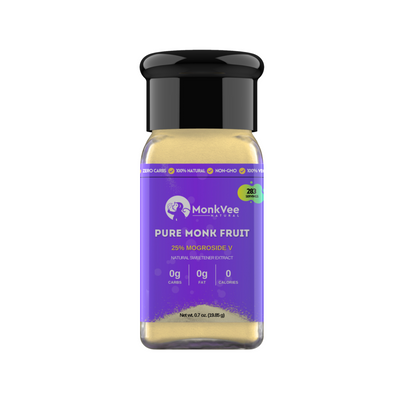
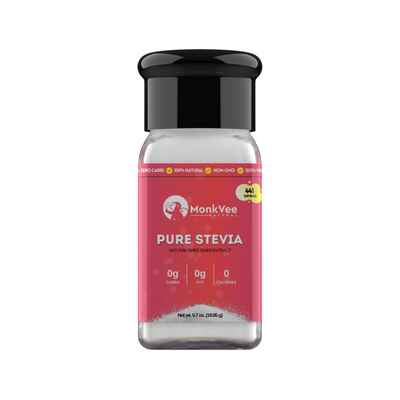
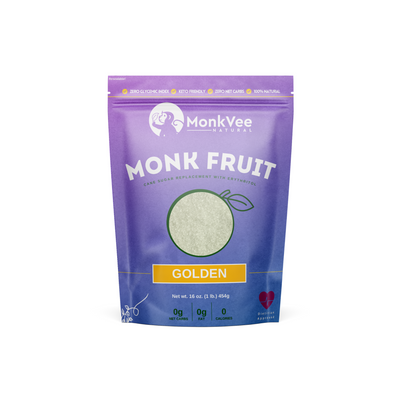
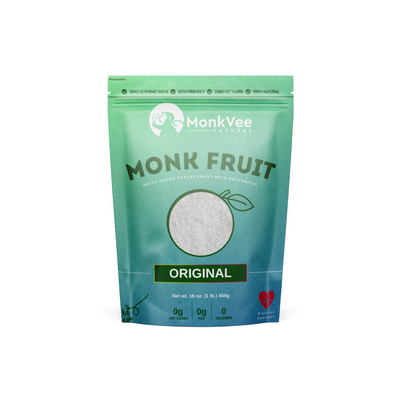
safe for diabetics, keto, weight-loss seekers.
Say goodbye to added sugar and lab-made artificial sweeteners.
No bitter aftertaste
Our products are high quality and 100% natural with no sneaky fillers or preservatives.
Our customers keep coming back for more. Why count calories when you can just ditch them!
MonkVee is founded by a type 1 diabetic and registered dietitian.
MonkVee sweeteners can be used in anything! See our recipe library for inspiration.
100% satisfaction guarantee or your money back, no questions asked

Ditching the sugar was never THIS easy!
Learn why millions of smart humans are ditching added sugar now
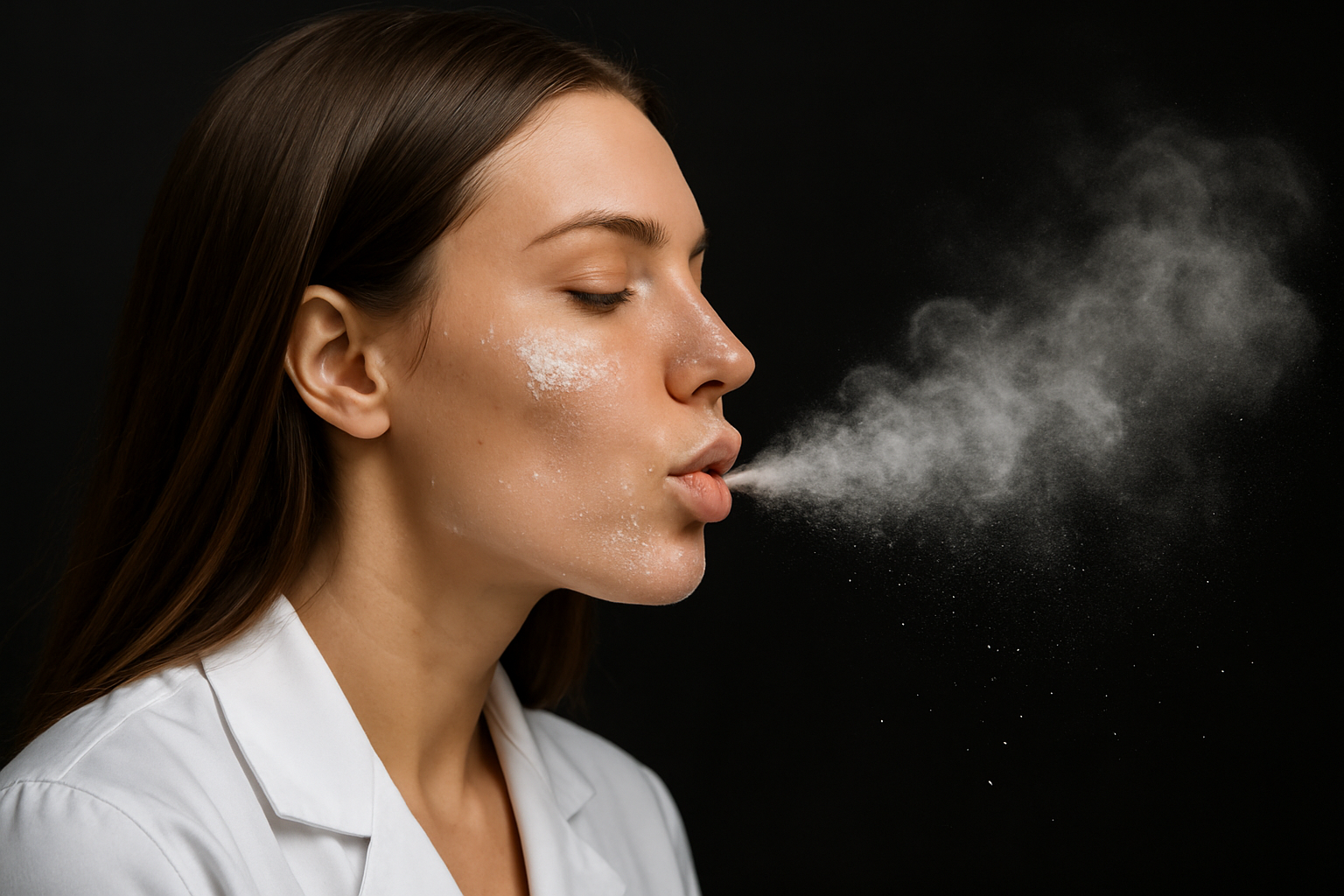

Cuts empty calories without losing satiety. Linked to reduced visceral fat (Harvard study). Prevents sugar spikes & crashes that fuel hunger
Prevents insulin spikes & crashes. Improves insulin sensitivity. Lowers Type 2 diabetes risk.
High sugar doubles risk of heart mortality. Improves cholesterol & lipid profiles. Reduces fatty liver risk.
Eliminates sugar highs and crashes. Reduces brain fog. Linked to lower rates of mood disorders
Reduces stress hormone imbalance. Improves hunger/satiety regulation. Supports women with PCOS (insulin-driven).
Lowers acne-causing inflammation. Prevents glycation (wrinkles, collagen damage). Reduces water retention & bloating. Sugar feeds cavity-causing bacteria. Cutting sugar reduces decay & gum disease.
Sugar weakens immune response. Cutting sugar reduces harmful bacteria & candida. Lowers risk of major chronic diseases. Linked to greater life expectancy.
High sugar impairs memory & focus. Alzheimer’s risk tied to “Type 3 diabetes” effect. Improves overall vitality & daily health. Lower risk of cognitive decline with reduced sugar intake
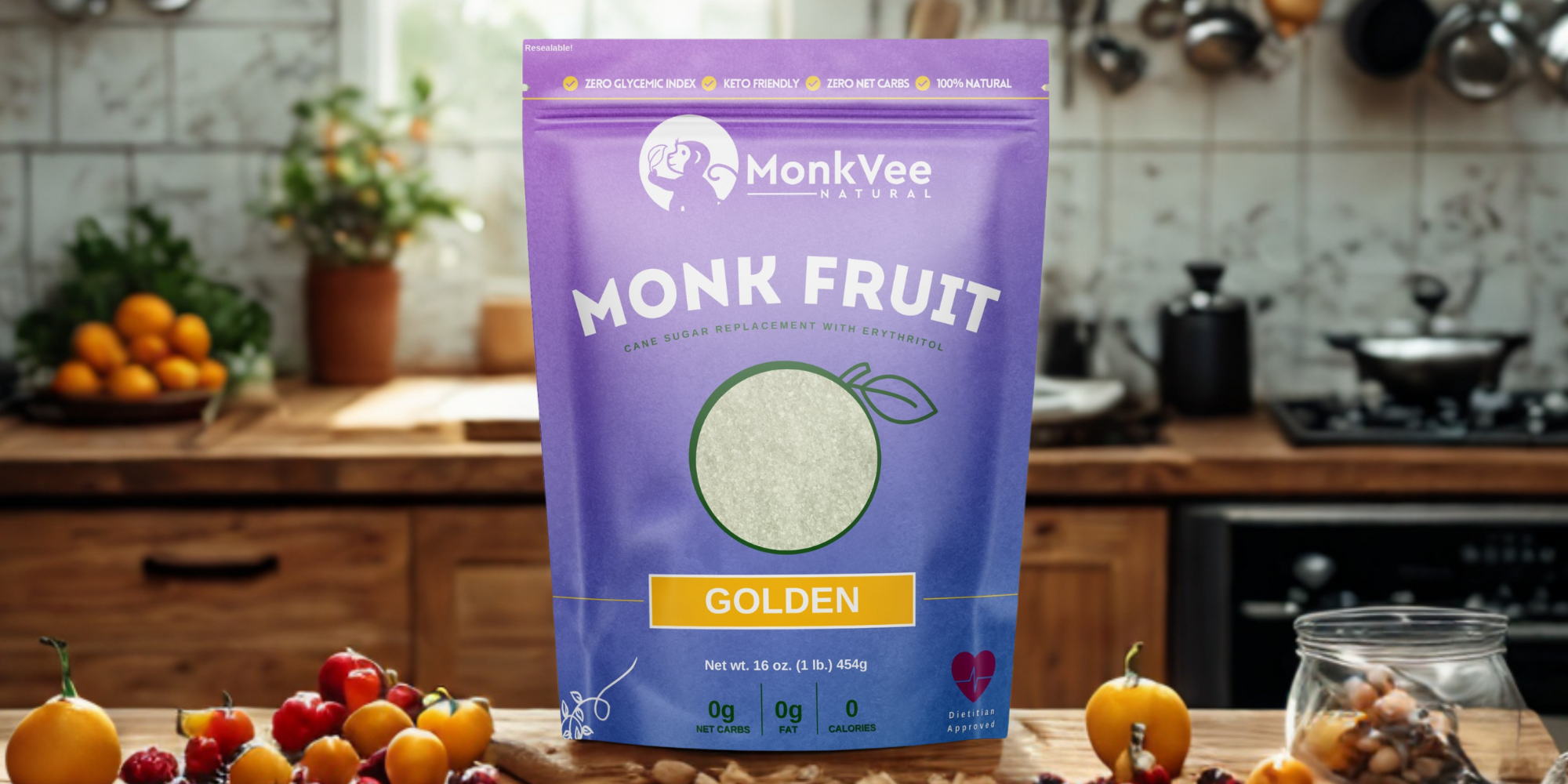
Welcome to the Sweet Life.
!